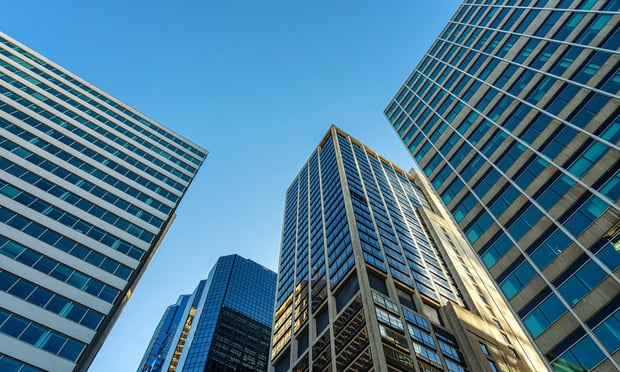Still, the report finds the Portland market has not been hit nearly as hard as our high tech neighbors in Seattle, San Francisco and San Jose. In those cities, vacancy rates are rising by 5 and 10 points, rental rates are dropping and development activity has come to a screeching halt, according to the report.
As is usually the explanation, Grubb & Ellis attributes Portland good fortune to a diversified economy and the Urban Growth Boundary, which "both of which serve to insulate the office market from drastic swings in the national economy. Some tech-heavy submarkets in Portland have been hit harder than the rest of the region, but their relative size means that a rebound should be coming in the next two to three quarters."
Vacancy rates in the metro area went up just under a point from 7.9% to 8.5%, net absorption remained fairly healthy at 344,000 sf and rental rates have remained firm, finds the report. "We have, however, seen the return of some modest concessions," finds the report, "primarily in the form of free rent and many developers have changed their construction plans to hold out for significant pre-lease activity or a build-to-suit tenant."
The Sunset Corridor, with one of the highest concentrations of high tech and dot-com companies in the metro area, is bearing the brunt of the NASDAQ bubble bursting. At just over three million square feet, small fluctuations in space availability can cause significant swings in the Sunset Corridor vacancy rate, and they have.
Four buildings were delivered to the Sunset Corridor this quarter with limited pre-leasing: Suntech Corporate Park delivered a 63,000-sf build-to-suit for Merant, Bethany Village delivered 27,000 sf, Dawson Creek Corporate Center delivered 77,500 sf with no pre-leasing, and the 120,000-sf Cornell West was delivered with only 34,000 sf preleased.
This put 180,000 sf of new space on the market--in addition to the 380,000 sf of vacant space and 110,000 sf of sublease space (of which 53,000 sf is now vacant)--causing the vacancy rate to jump from 8.0% to 14.1%, according to the report. On the plus side, net absorption was 107,000 sf, up significantly from last quarter's -28,567 square feet of net absorption.
The report says the market should recover before the end of the year, but until then to expect vacancy rates to continue to increase over the next few quarters, as the construction pipeline will deliver an additional 390,000 sf to the market this year, less than half of which is preleased.
In the downtown office market, the Class A vacancy rate remains a paltry 3.5%, which has forced to turn to Class B and C options to fill their space needs. This quarter, the CBD posted over 100,000 sf of net absorption, according to the report, all of which was in Class C buildings. Class C rental rates went up $0.50 from last quarter from $14.90/fsg/sf to 15.45/fsg/sf. Class A rental rates remain among the highest in the city at $24.57/fsg/sf.
Concluding, the report says Class A space currently under construction will most likely deliver well leased. Proposed new developments include 100 Columbia, a 315,000-sf project; One Waterfront Place, at 230,000 sf; and Schnitzer's Block 38, which could hold as much as 441,000 sf.
© Touchpoint Markets, All Rights Reserved. Request academic re-use from www.copyright.com. All other uses, submit a request to [email protected]. For more inforrmation visit Asset & Logo Licensing.






